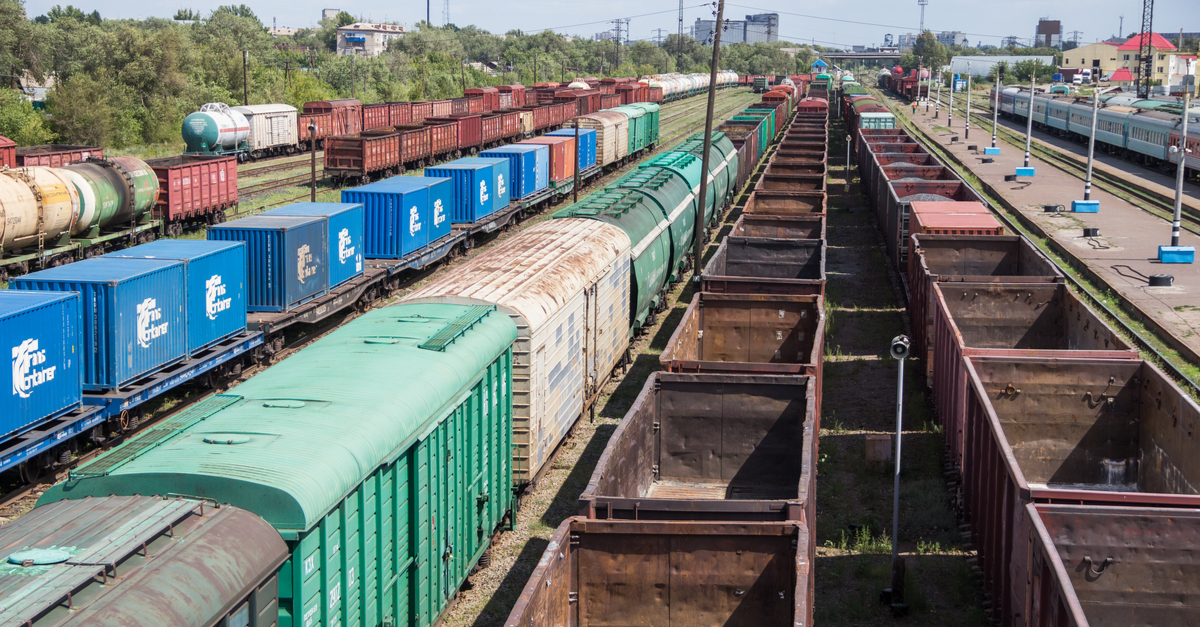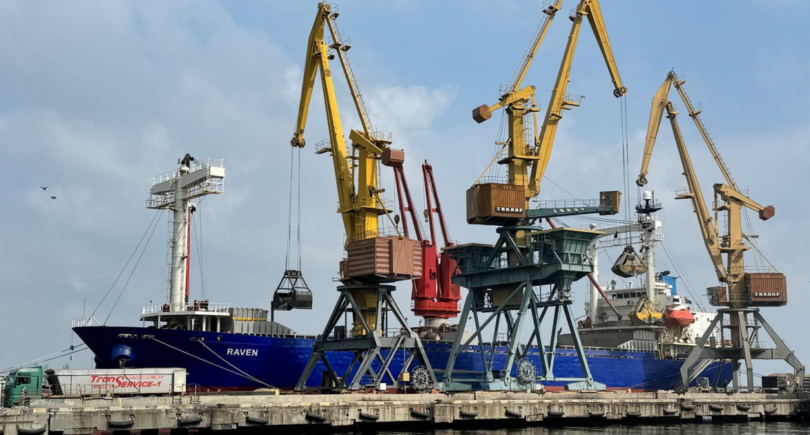
News Infrastructure Ukrzaliznytsia 384 28 July 2023
More than 8,400 railcars are currently moving in the direction of the western border crossings
As of July 27, 2023, the queues of freight railcars in the direction of the western border crossings increased by 20% or 1.4 thousand units compared to the end of June – up to 8.4 thousand units. Rail.Insider reports about it with the reference to the data of Ukrainian Railways (UZ).
The number of railcars with grain in the queue for transfer to the European Union is 1.4 thousand units, which is 36% higher than at the end of June.
The volume of average daily freight transfer in July decreased to 1,628 thousand wagons, which is 95 units less than in June.
In the first half of 2023, UZ transported 70.5 million tons of cargo, which is 17.1% or 14.5 million tons less than in the same period of 2022. At the same time, 12.4 million tons were transported in June, which is 8.1% more than the volume of May-2023 and 32% more than the same period last year.
Export transportation of ferrous metals fell by 62.2% compared to the same period in 2022 – to 2.32 million tons, and iron ore – by 44.7% y/y, to 8.67 million tons.
The potential to increase the export of Ukrainian iron and steel products to Europe is definitely there. According to the estimates of the GMK Center, steel enterprises are now loaded at 70%, and Mining is less than 50% of the pre-war indicators. On the other hand, there are additional problems with logistics. Amid the cancellation of the grain agreement, agricultural exporters will even more try to increase exports through the Danube ports and western border crossings, reducing the opportunities to export iron and steel products.
For more information on rail freight transportation in the first half of 2023, see GMK Center infographics.



